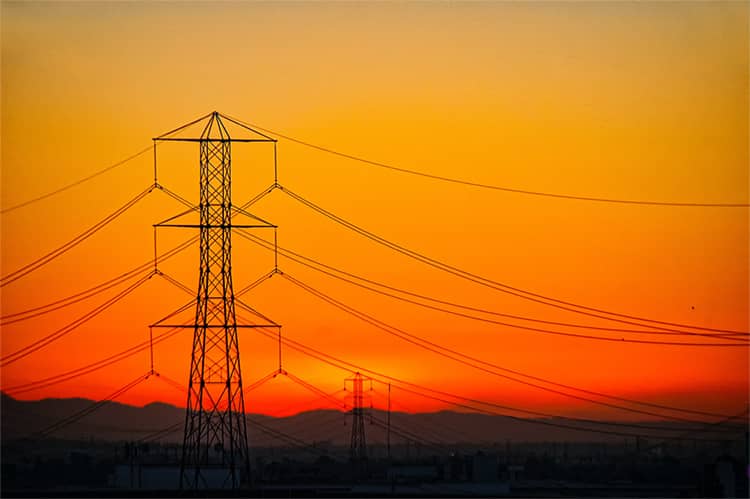Solar energy
Solar energy
Cost-effective and efficient energy source that does not produce CO2.

All about primary energy
Do you know all the sources of energy?
Reading time: 11 min
Energy is the capacity that an object or system has to produce changes in itself or in others. Fundamental for the development of humanity, the UN classifies it as something “indispensable for almost all of the major challenges and opportunities facing the world today.” However, the concept of energy is very extensive, and here the focus will be on primary energy. Then we will show you what primary energy is, its main energy sources, and some examples of them.
What is primary energy?
By primary energy we mean all natural energy sources in their original and unaltered form. In other words, all those which are available in nature before that energy is converted or transformed
The energy sector distinguishes between different stages that range from the production of primary energy to its storage and transportation in the form of secondary energy, and then to its generation and consumption as final energy. Among the sources of primary energy, the main ones are:
Renewable primary energy sources
Non-renewable primary energy sources
Among the sources of non-renewable primary energy are fossil fuels (gas, oil, and coal) together with radioactive minerals. In the case of fossil fuels, their combustion allows energy to be obtained, which may be mechanical (for example, to start up vehicles), thermal (to heat), or electrical. Currently, energy obtained from oil is the most used in Spain, and other derivatives are also extracted from it like certain types of plastics. For its part, gas consumption in homes, businesses, and industries is the second most used energy in Spain.
The extraction of nuclear energy occurs through a process called nuclear fission, which causes the disintegration of atoms from radioactive minerals to generate heat.
These primary energy sources are present in nature in limited amounts, hence they are considered non-renewable resources.

How is primary energy transformed into secondary energy?
Secondary energy sources come from the transformation of primary energy sources. In other words, they're generated directly from primary energy sources and aren’t present in nature by themselves. Some secondary sources include electricity and oil derivatives (gasoil, fuel oil, kerosene, coke, etc.). When secondary energy is placed at the disposal of the final user, it's called useful or final energy.
In order to transform primary energy into secondary energy, different processes are carried out according to the energy resource. To that end, there are different types of electrical substations.
For example, in refineries oil refining is carried out, which separates this raw material into different components. These, in turn, are used in homes, industry, or transportation as a final energy.
In thermal power plants (which may use natural gas, oil derivatives, coal, or biomass), the combustion of any of these materials is used to generate water vapor, which moves some turbines in order to produce mechanical energy, which is transformed into electrical energy. Within thermal power plants, combined cycle ones allow the thermal energy from natural gas to be transformed into electricity thanks to the joint action of a gas turbine and a steam turbine.
On the other hand, nuclear power plants generate a large amount of energy from the nuclear fission process; this energy also serves to heat water and generate water vapor, which will move some turbines to produce electricity.
With regards to power stations based on solar, hydro, and wind energy, the efficiency is lower or simply variable in the sense that the generation of energy reduces according to the availability of the resource and this can't be stored.
With regards to renewable energies, energy from the sun is transformed in photovoltaic power stations and solar thermal power plants, respectively. In the first case, solar panels capture solar radiation and convert it into electricity. In the second example, the heat from the sun allows a fluid to be heated, which then will heat the water to generate steam. Like with thermal power plants that use non-renewable energies, the steam will move a turbine to produce mechanical energy that afterwards is transformed into electrical energy.
Lastly, hydropower plants harness waterfalls (natural or artificial) to move some turbines that generate electricity.
Not all electrical substations have the same capacity to produce energy. For example, with regards to refineries, nuclear power plants, and gas-fired thermal power plants, the energy resource that feeds them can be stored, which facilitates its availability and, therefore, the supply.
Repsol is committed to new energy sources
Solar energy
Cost-effective and efficient energy source that does not produce CO2.

Electricity
Where does the energy we consume at home come from? Do you know its origin?